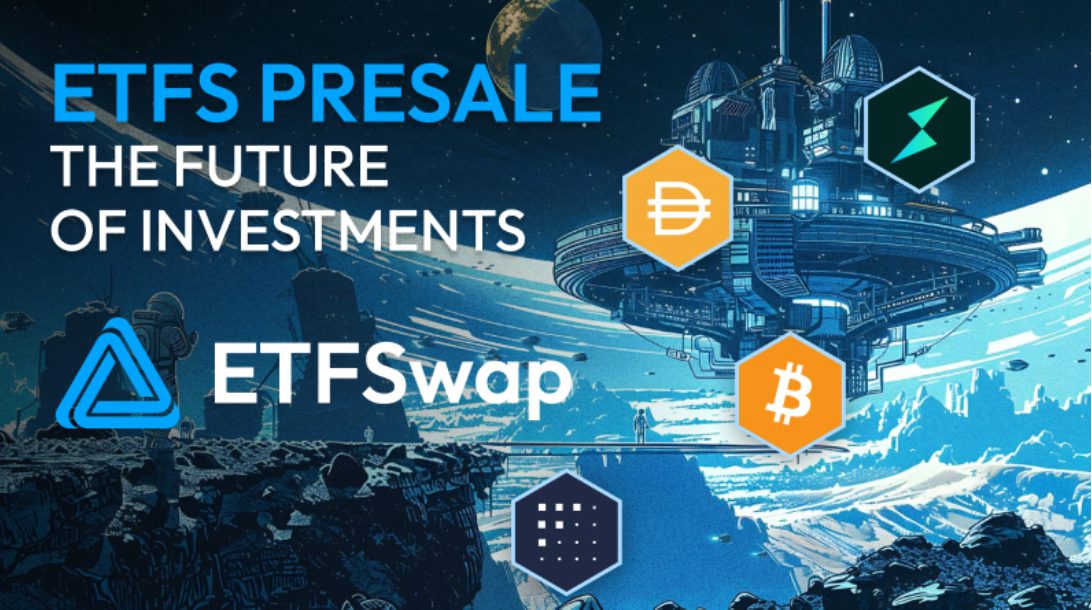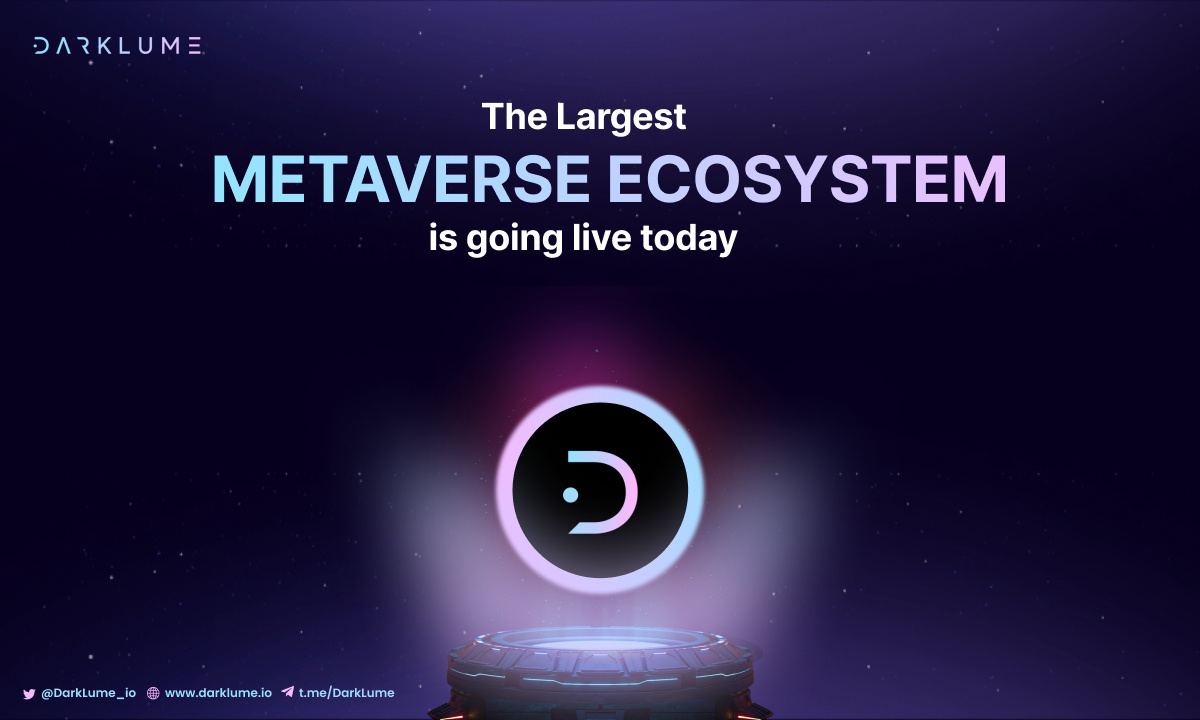Solana After Crashes: Scalability or Stability?
Solana is a highly scalable decentralized blockchain built with a unique order-to-order transaction method that significantly improves transaction throughput, giving the network the ability to continuously process more than 2,500 transactions per second. Solana once claimed to be able to process up to 50,000 transactions per second.
Users can transfer money on the SOL network at a very low cost, which costs less than 1 cent per transaction. In comparison, the average transaction fee on the Bitcoin network is around $1.80, even after a nearly 58% drop this year. Meanwhile, Ethereum gas fees average $22 or more per transaction.
Although Solana has extremely high transaction throughput, some argue its developers prioritized scalability over security after an outage lasted 17 hours and required the collaboration of engineers and over 1,000 auditors to fix.
attributed the outage to a denial of service attack targeting the Initial Coin Offering on the DEX (IDO). According to a post from the Solana Foundation, the botting activity was overwhelming the network with a transaction load of 400,000 per second, causing Solana’s validators to crash after running out of memory.
Recently, Solana was hit by another denial of service attack that slowed down the network significantly, but didn’t kill it. The latest outage came after a series of transactions during the IDO period “played in bulk on the Solana block and consumed too much power,” said Austin Federa, director of communications at Solana Labs.
Federa added, “The calculation of these types of transactions is not properly metered by the network, resulting in blocks taking longer than expected to be processed.” However, he noted that the network is not down and can be independently verified at any time.
“The Solana runtime is a new design. It does not use EVM (Ethereum Virtual Machine) and many improvements have been made to ensure users get the cheapest fees, but there is still a lot of work to be done on this design.”
Federa said work has begun to improve transaction measurement. Data has shown that developers quickly got to work after Solana’s recent outage, with daily GitHub posts quickly outpacing rivals Polkadot and Cardano.
In the eyes of some in the industry, the problem has been fixed because while transactions can be cheap, some users prefer to pay a premium to ensure their transactions go through no matter what.
Is the Solana outage a cause for concern?
Issues like temporary outages can occur in any fledgling project, especially one trying to address blockchain scalability. Sergey Zhdanov, CEO of crypto exchange EXMO UK, says Solana’s secret is the proof-of-history consensus mechanism.
For Zhdanov, denial of service attacks and similar incidents “do not really affect the trust of the network” and should be ignored. In his opinion, if investors were worried about such disruptions, they would have abandoned Ethereum as well. Critical vulnerabilities, such as the possibility of a 51 percent attack, are what investors should worry about, Zhdanov added.
Marie Tatibouet, Head of Marketing at Exchange Gate.io, doesn’t seem to agree with this reasoning. Tatibouet says Solana’s outage is “affecting trust” as the network “has had centralization issues more than once this year,” suggesting the development team is “prioritising openness more broadly than security.” She added that investors and users should be concerned about Solana’s failure.
“Solana has been dubbed the ‘Ethereum killer’ and the network is designed to handle high transaction throughput. So why is the network constantly out when the demand is so high?”.
According to Tatibouet, while they “really like” the team behind Solana and believe they will fix this outage in the near future, “the network itself still has inherent issues.”
Also, the recent outage is related to this fear via Solana’s focus. The network relies on the Solana Foundation to develop core nodes on the blockchain, while Ethereums has a number of core node developers. While anyone can become a validator on Solana, running a node can be expensive due to the network’s high transaction throughput.
This cost inevitably leads to some level of centralization, which some see as a beneficial trade-off for making transactions quick and cheap. But for others, decentralization is a feature that needs to be protected, as it can help prevent collusion or other types of attacks on the network.
Noelle Acheson, head of market analysis at crypto broker Genesis Trading, pointed out that the Solana network is still nascent and its mainnet has been operational since early 2020. Acheson believes that despite “the network,” there are strong applications and rapid growth. SOL’s price has also increased significantly compared to earlier in the year, but people are still wondering if this price increase is due to the youth of the network.”
She added that if something goes wrong with “Solana or any other public blockchain,” we’ll know immediately because anyone can check what’s happening without waiting for a press release or customer service response. Acheson said transparency is the advantage crypto investors have over tech investors.
Likewise, so far “the SOL community has been able to fix the problem”. Acheson notes that identity verification developer Civic is releasing a free tool to reduce bot activity that caused a 17-hour outage on Solana.
Being a very new blockchain means that Solana carries a higher risk, but this will come with a higher return.
Acheson indicated that investors are “putting their bets not only on the underlying technology, but also on the strength of the community.” The Solana community has been “very enthusiastic, as evidenced by the successful hosting of the first developer conference in November,” she said.
More options
Acheson said it’s possible that Solana will face more outages in the future because any new technology carries this risk. For them, that means Solana isn’t quite ready to shoulder the weight of the capital markets.
The CEO added that “Ethereum has been around for a long time and is still undergoing a lot of testing, especially during the upcoming upgrade to the proof-of-stake consensus algorithm. An investment in a crypto protocol is a “trial and choice” investment, Acheson said.
Those unhappy with Solana have no shortage of other options. Ethereum’s upcoming upgrade to Ethereum 2.0 will help scale significantly through sharding by splitting the network into different shards to reduce the load on each node.
Some have suggested that sharding can help Ethereum process thousands of transactions per second and significantly reduce transaction fees. There are also other competitors that investors and users can consider, including Binance Smart Chain, Polygon, Cardano, and Avalanche.
Over time, Tatibouet said, projects will continue to prioritize speed over security, meaning Solana “will continue to receive strong interest from users.”
Regarding the consideration of using networks other than Solana, Zhdanov said that at least at the moment there is no perfect solution on the market.
Regarding Binance Smart Chain, he said validators have complain that they are struggling to keep the nodes in sync and are looking for developer support overall. Zhdanov concludes:
“Unfortunately, no project is perfect, everyone has their own problems. In my opinion, Solana is definitely the new unicorn of the future, with good tech and an active community.”
Join CoinCu Telegram to keep track of news: https://t.me/coincunews




















